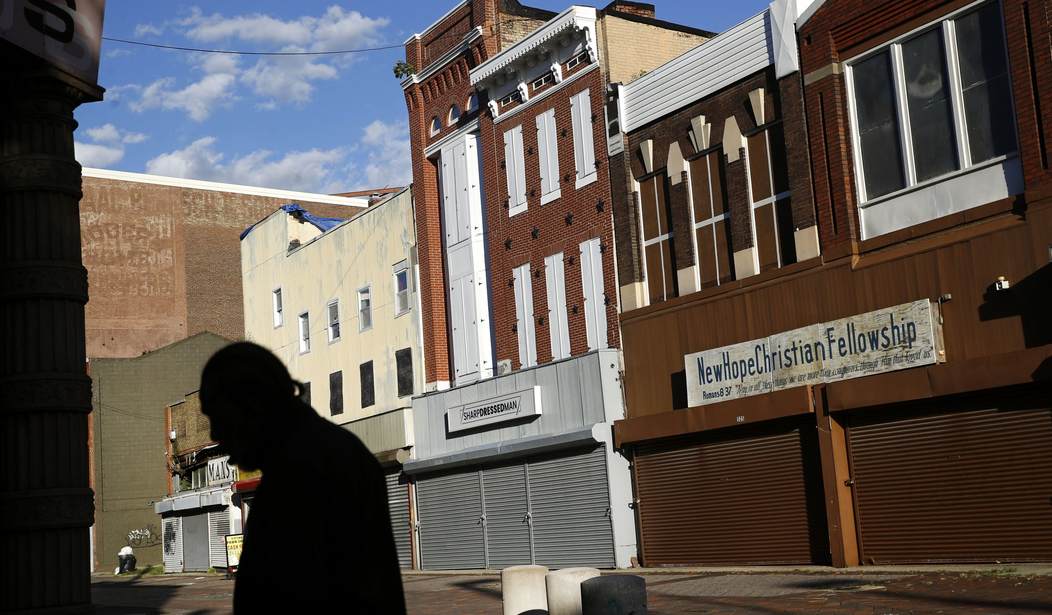The anti-gun movement is fueled by fear. It depends on voters to be terrified of rising rates of violence as well as the legal gun owners that the 2A prohibitionists blame for those acts of violence. With Democrats in Annapolis looking to blame gun owners and the firearms industry for Maryland’s crime woes, I doubt they’re going to be touting the good news out of Baltimore that the city just saw the fewest murders in one month since 2016; a remarkable turnaround that’s taken place amidst explosive growth in the number of concealed carry holders in the state.
Before then-Gov. Larry Hogan instructed the State Police to quit asking applicants to provide a justifiable need for a concealed handgun license in the summer of 2022 the state received about 12,000 applications per year, and many of them were denied based on a lack of “good cause”. In just the first six months after the Bruen decision came down in June of 2022 (which led to Hogan’s order), MSP received more than 80,000 applications. Gun control advocates like Johns Hopkins professor Daniel Webster predicted that Bruen would lead to more “gun violence”, but that certainly hasn’t been the case in the state’s largest city. Last year the city had fewer than 300 homicides for the first time since 2015, and the Baltimore Banner recently reported that the downward trend continued in the first month of the new year.
Shootings so far this year are down compared to last year, which was the first year with fewer than 300 homicides since Freddie Gray’s death in April 2015. Youth gun violence — which soared in 2022 and 2023 — is also showing signs of improvement.
There were 16 homicides in January. That’s the fewest killings to start a year in Baltimore since 2016, according to a Baltimore Banner analysis of the Baltimore Police Department’s Part 1 Crimes database. It’s also tied for the seventh fewest homicides in any month since Gray’s death.
It’s not just homicides that are down. Shootings in general are down significantly. Looking at both shootings and homicides, Baltimore is in the midst of one of its least violent stretches since 2015, the earliest year with reliable shooting data. Last month also saw the fewest assaults in the city since February 2022.
There have been fewer shootings, on average, during the last three months than any three-month period since Gray’s death. Baltimore saw 42 people shot in January. That’s the second fewest shootings in any month since Gray’s death, topped only by February 2018 – the shortest month.
Now, I’m not suggesting that the move to “shall issue” concealed carry is responsible for the decline in violent crime. That kind of simplistic analysis is best left to the anti-gunners who routinely blame every rise in violent crime on “lax” gun laws while ignoring good news like this. But the addition of tens of thousands of citizens carrying firearms hasn’t led to the “Wild West” breaking out in neighborhoods like Fells Point or Federal Hill, even though Webster was certain that would be the case.
Interestingly enough, public officials in Baltimore aren’t crediting the state’s still restrictive gun control regime for the improvement in the city’s violent crime and homicide rates. Instead, they’re pointing to more federal prosecutions for prohibited persons caught with firearms, the city’s Group Violence Reduction Strategy, and Community Violence Intervention programs for the positive trend; none of which rely on or involve new restrictions on the right to keep and bear arms, but instead focus on the small number of prolific offenders who are responsible for an outsized portion of violent acts in the city.
Webster’s now claiming that the improvement in Baltimore after “shall issue” became the standard isn’t notable because violent crime has increased elsewhere in Maryland, but he’s simply moving the goalposts. According to the “more guns, more crime” theory, things should be getting worse in Baltimore, not better, no matter what’s happening in places like Prince George’s County.
Interesting theory. Then violence should decline in other major MD jurisdictions with Right to Carry.; but violent crime increased in other large MD jurisdictions . https://t.co/kQ2HbOkvm7. https://t.co/WCigKEM5AM Peer-reviewed science shows RTV laws tend to ⬆️ gun violence. https://t.co/IzCQ1N7fdz
— Daniel W. Webster (@DanielWWebster1) January 14, 2024
If anything, Webster’s rebuttal actually buttresses the arguments of Second Amendment advocates and criminologists who argue that violent crime is a local phenomenon driven by a very small percentage of the population who are well-known to law enforcement and well-acquainted with the criminal justice system. It’s the gun control advocates who contend that by passing broad and sweeping laws covering legal gun owners there’ll be a trickle-down effect on violent criminals, but what’s happening in Baltimore is evidence that the best strategies to combat violent crime are local in nature, bottom-up and not top-down, and are aimed directly at those who are more likely to be the perpetrators and the victims of “gun violence” instead of the vast majority of gun owners who will never commit a violent crime in the first place.
What’s happening in Baltimore is good news, but it’s also highly inconvenient for those pushing a gun control agenda in Annapolis. At best, they’ll briefly acknowledge the progress before arguing that the only way to continue the improvement is to keep restricting our Second Amendment rights. Most of them won’t even do that much. They’ll just pretend that things aren’t really getting better in Baltimore… and their hypothesis that more guns leads to more crime hasn’t been proven to be a complete and total fiction.









